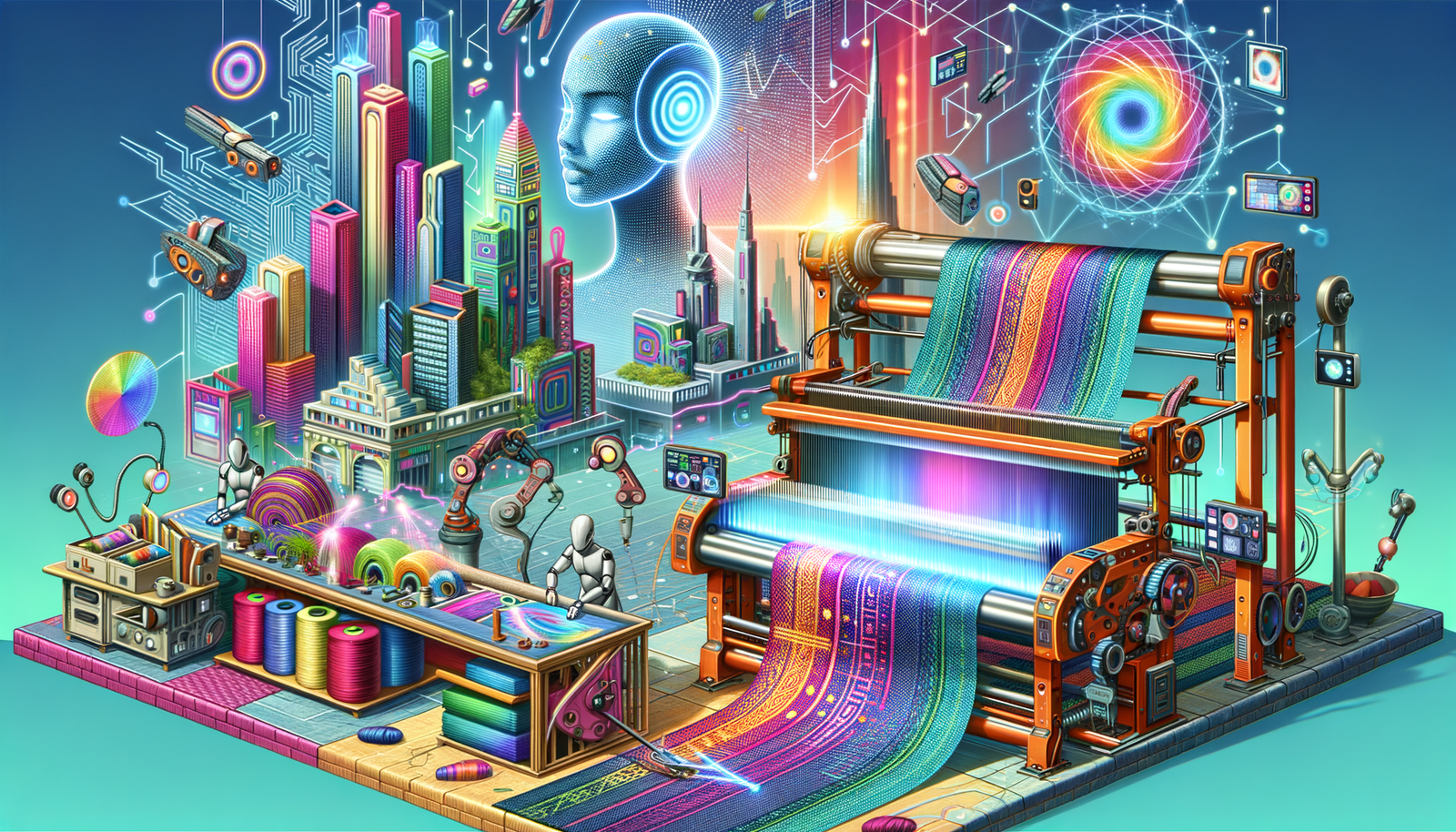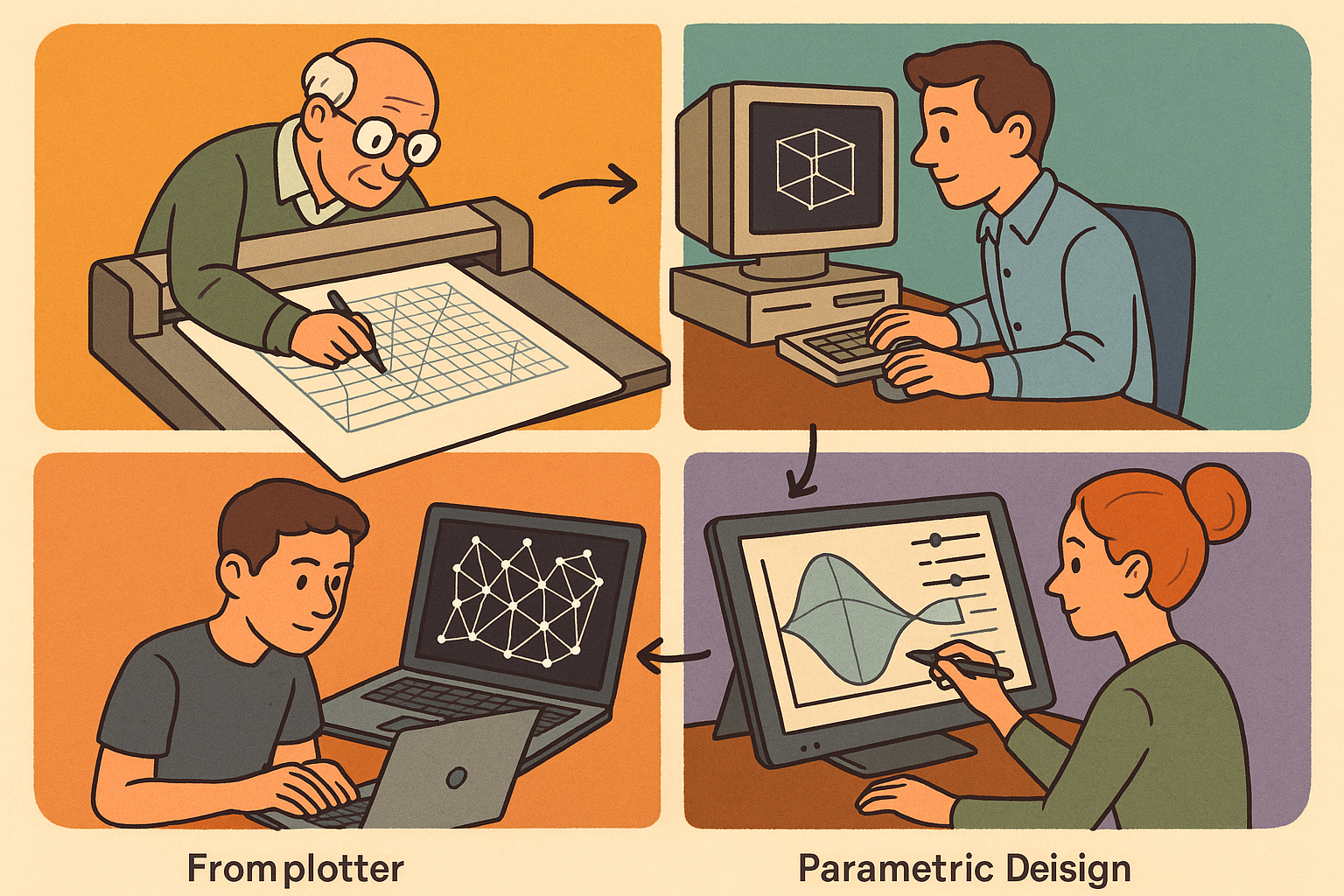Your Cart is Empty
Customer Testimonials
-
"Great customer service. The folks at Novedge were super helpful in navigating a somewhat complicated order including software upgrades and serial numbers in various stages of inactivity. They were friendly and helpful throughout the process.."
Ruben Ruckmark
"Quick & very helpful. We have been using Novedge for years and are very happy with their quick service when we need to make a purchase and excellent support resolving any issues."
Will Woodson
"Scott is the best. He reminds me about subscriptions dates, guides me in the correct direction for updates. He always responds promptly to me. He is literally the reason I continue to work with Novedge and will do so in the future."
Edward Mchugh
"Calvin Lok is “the man”. After my purchase of Sketchup 2021, he called me and provided step-by-step instructions to ease me through difficulties I was having with the setup of my new software."
Mike Borzage
Innovations in Textile Design: How Digital Technologies Are Reshaping the Future
July 09, 2024 2 min read


Introduction to Digital Textile Design
The realm of digital textile design encompasses the integration of computing technologies into the creation, coloring, and patterning of fabric. This transformative approach marks a departure from centuries-old manual techniques, propelling the textile industry into a new era of efficiency, creativity, and sustainability. The digitization of textile design not only enhances artistic expression but also streamlines the production process, reducing both time and waste.
Key Technologies Revolutionizing Textile Design
Digital technologies have ushered in a revolutionary change in how textiles are conceived, designed, and produced. Among these, certain software and tools stand out for their impact:
- Adobe Photoshop for intricate textile patterns and color adjustments.
- NedGraphics for accurate fabric simulation, enabling a realistic preview of the final product.
- Lectra for comprehensive fashion design, from concept to production.
The introduction of 3D printing technology has made it possible to create complex textile structures that are beyond the capabilities of traditional fabrication techniques. Similarly, the application of Artificial Intelligence (AI) and Machine Learning (ML) in textile design has revolutionized pattern generation, trend prediction, and optimization of material properties, establishing a new frontier in design capabilities.
The Design Process: From Concept to Fabrication
The digital textile design process embodies a fusion of creativity and technology, encompassing several critical stages:
- Concept development and digital sketching to visualize ideas.
- Pattern creation and color matching, utilizing software tools for precision.
- Final print preparation, ensuring designs are production-ready.
This process not only facilitates rapid prototyping and customization but also enables on-demand production, significantly reducing waste and inventory costs. Digital technologies offer a seamless integration with traditional manufacturing processes, closing the gap between designers and production units and fostering a more collaborative and efficient workflow.
Future Trends and Challenges in Digital Textile Design
The future of digital textile design is brimming with potential, driven by continuous innovation in technology. Emerging trends such as the use of augmented reality (AR) and virtual reality (VR) are set to redefine how designers visualize and present their creations, offering immersive experiences that enhance both the creative process and client engagement.
Digital design also paves the way for more sustainable practices within the textile industry. Through precise material usage and waste reduction, digital design contributes to more environmentally responsible manufacturing processes. However, the transition to digital methodologies is not without its challenges, including the need for specialized training and the imperative to protect intellectual property in a digital landscape.
Despite these hurdles, the potential for growth and innovation in textile design is vast, with technologies like AI, 3D printing, and VR/AR continuously evolving. As these technologies become more accessible and integrated into textile design practices, we can anticipate a future where digital techniques not only complement but revolutionize traditional methods, setting a new standard for creativity, efficiency, and sustainability in the textile industry.
Also in Design News

Design Software History: From Plotters to Procedural Intent: A Technical History of Generative and Parametric Design Software
January 04, 2026 13 min read
Read More
Semantic Meshes: Enabling Analytics-Ready Geometry for Digital Twins
January 04, 2026 12 min read
Read MoreSubscribe
Sign up to get the latest on sales, new releases and more …



